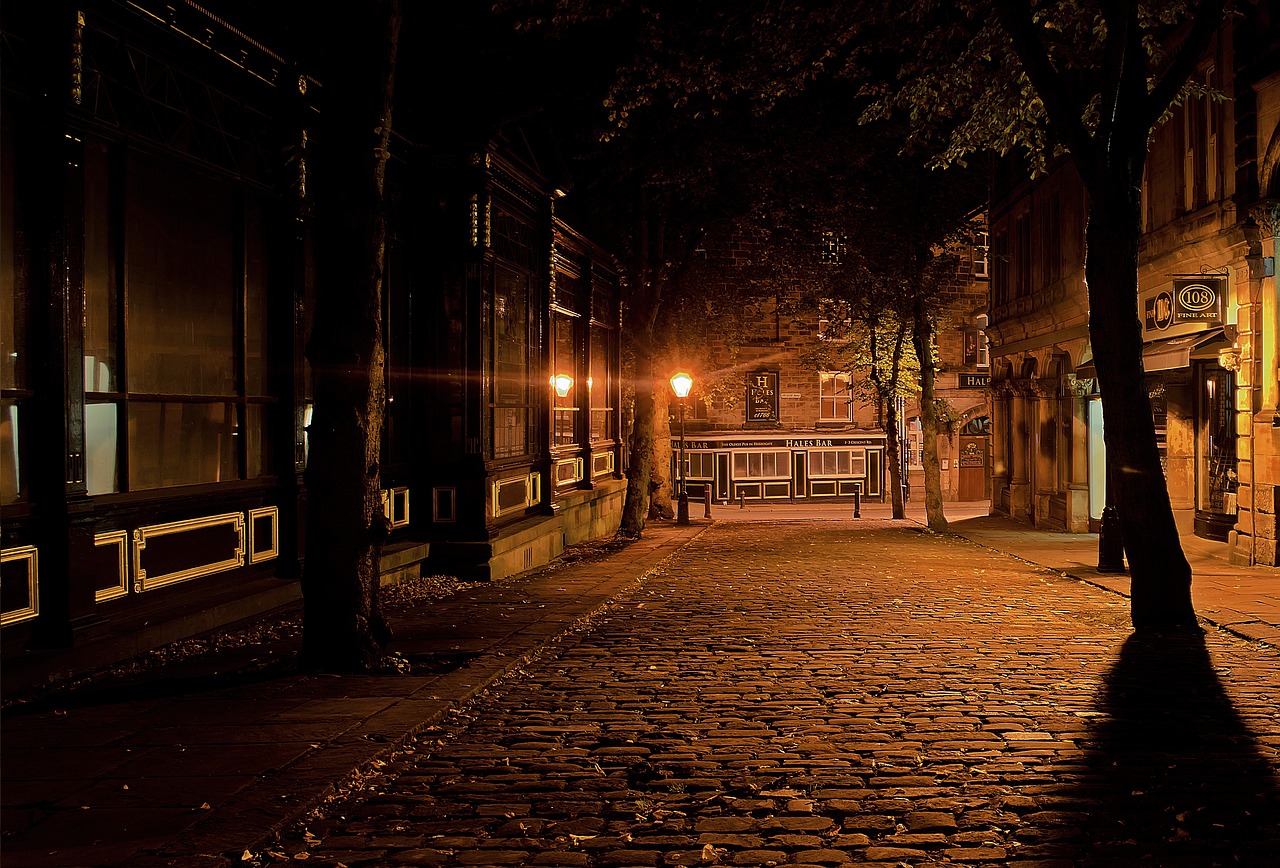Lisbon's Belém Tower: Maritime Legacy of Portugal
travel | 3 minutes read | 9 months ago

When it comes to exploring the rich maritime history of Portugal, there's no better place to start than the iconic Belém Tower in Lisbon. This stunning fortress has stood as a symbol of Portugal's exploration and seafaring prowess for centuries, and its historical significance and architectural beauty make it a must-see for any traveler visiting the beautiful city of Lisbon.
History and Significance
Belém Tower, also known as the Tower of St. Vincent, was originally built in the early 16th century as a fortress to guard the entrance to the harbor of Lisbon. During the Age of Discovery, Portugal was at the forefront of maritime exploration, and the tower played a crucial role in defending the city and its explorers from potential invaders. It is now recognized as a UNESCO World Heritage Site and stands as a testament to Portugal's golden age of seafaring.
The tower's strategic location at the mouth of the Tagus River made it an important symbol of Portugal's global influence, and it served as a departure point for many famous explorers, including Vasco da Gama. Today, it stands as a reminder of the country's rich maritime history and its impact on the wider world.

Architectural Beauty
From a design perspective, Belém Tower is a true masterpiece of Manueline architecture, named after Portugal's King Manuel I. The intricate carvings and decorations on the exterior of the tower are a stunning blend of maritime motifs, religious symbols, and royal emblems, reflecting the country's global ambitions and cultural heritage.
Visitors can explore the tower's various levels, including the bastions and the top terrace, which offers panoramic views of the river and the surrounding landscape. The combination of its historical significance and architectural beauty makes Belém Tower a must-visit attraction for anyone with an interest in history, culture, and art.
Exploring Belém and Beyond
While visiting Belém Tower, travelers will also have the opportunity to explore other nearby attractions that are equally rich in history and cultural significance. The nearby Jerónimos Monastery, another UNESCO World Heritage Site, is a prime example of Manueline architecture and is a fitting companion to the tower. In addition, the Monument to the Discoveries, located along the riverfront, pays homage to Portugal's pioneering explorers and their contributions to world history.
After exploring Belém, visitors can take a leisurely stroll along the riverfront promenade, where they can enjoy scenic views, visit charming cafes, and browse local shops that offer traditional Portuguese handicrafts and souvenirs. The area is also known for its delicious pastéis de nata, a famous Portuguese pastry that should not be missed.

For those interested in delving deeper into Portugal's maritime legacy, a visit to the Maritime Museum, located near Belém Tower, is a must. The museum houses an impressive collection of artifacts, exhibits, and interactive displays that showcase Portugal's seafaring history and its impact on the world.
As a fitting end to the maritime-themed journey, travelers can take a short tram ride to the neighborhood of Alfama, where they can explore the Fado Museum and immerse themselves in the soulful sounds of traditional Portuguese fado music, which often reflects themes of love, longing, and the sea.
In , a visit to Belém Tower offers travelers a captivating glimpse into Portugal's maritime legacy and the impact of its explorers on global history. With its historical significance, architectural beauty, and nearby attractions, Belém Tower is a destination that promises to leave a lasting impression on all who visit.


